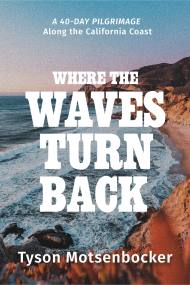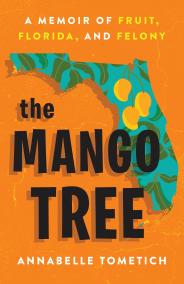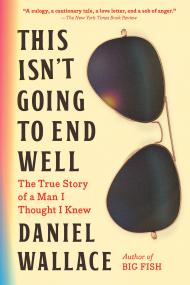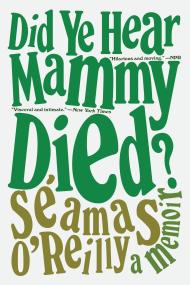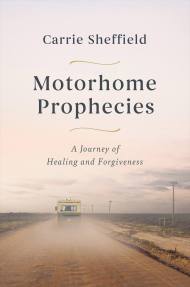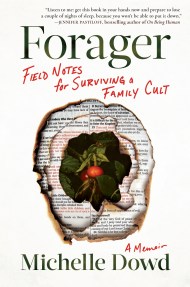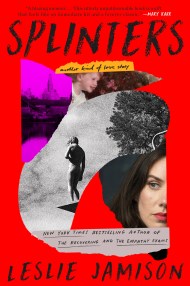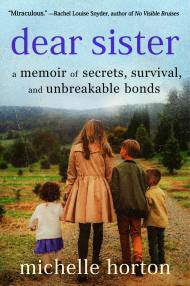Prologue
T h e S p i d e r w e b
There is so much life in the garden. That is why I come. Life that is gentle, self-supporting, and beautiful. Continuous in its cycles, grounded, pure.
On this morning I had come into the garden to escape. The previous night was one of unprecedented upheaval in my marriage. A conflict out of nowhere, or so it seemed, though in retrospect, of course, that’s never true. Nevertheless, from my perspective last night, everything appeared to be fine, and then suddenly I was facing a full-on verbal confrontation for which I was totally unprepared.
Sitting safely in the cover of the very early morning mist, I was still in shock. What had just happened? What was going to happen now? I looked out into the gray-lit garden. For a moment, across the path, I noticed a sparkling spiderweb revealed by tiny droplets of moisture deposited by the mist, which was quietly moving on. It was there all along, but from where I was sitting it had been hidden from me. I had not moved, but as everything around me changed minutely with the shifting of the mist, it was revealed to me. A moment later it was gone again, the soft, moist suggestion of secret lines having quickly dried in the light and breeze. But I glimpsed it and felt drawn to it.
Connected by five anchors, breath-like in their fragility, the spider stretches her home boldly across a path from which it would easily be torn. She is quick with her work, as if she knows that forces beyond her control could change her life forever, or end it. Still, with determination born of instinct, she carefully places the roots of her web and begins to weave her home.
The orb weaver’s web is made up of outward stretching lines emanating from a center point around which concen- tric circles are spun. These coaxial threads are made of a sticky filament to trap the spider’s prey. The straight lines are smooth, providing a foundation which allows the spider to move up and down her web without getting bound in it. Parents, spouses, children, jobs, and friends; these anchors provide the foundation around which we spin our ever- tighter lives. The safe lines. The ones we can freely move up and down. They are safe, but fragile. Very fragile. In- evitably, whether from pressure or aggression, one or more of the spider’s safe lines could break, leaving the remaining anchors to hold more weight than was entrusted to them. Unmoored now and unstable, the web sags, threatening thefuture of the spider. If she can re-anchor it in time, her se- curity is ensured for a while, but if more than one anchor is lost, the task ahead will be daunting.
I am not sure how many of my safe lines snapped last night, but I feel a great urgency to try to reattach what I can. To try to preserve some semblance of safety for my home and family.
I tried to walk up to the spiderweb, searching for a clearer view, but found, as I approached, I couldn’t see it at all. It seemed to disappear into the shadows. I glanced around to see if I was obscuring my own light. Through the shifting morning mist, sometimes when I looked at the sunrays, I saw lines of light. Sometimes they were lines of shadow. The mist tumbled by through light, through shadow, and then it was gone. Standing just above the spot where I was sure her web had been, I was puzzled that I could not find it at all from this close position. Clarity came from a distance. I stepped back and it appeared. I stepped forward and it vanished. As I changed my perspec- tive, the web appeared, then disappeared, then appeared again. Somehow, knowing it was there didn’t help me find it at all. I had to move away to regain the perspective I had lost. I needed to step back to understand what happened last night. I needed to gain perspective.
As I tried to center on this, my thoughts fell back to a few moments before, when I had wondered if I was obscur- ing my own light. In that moment, this question of simple physics began to spread wider and became abstract. I was obscuring my own light. I had been for years. I had done it thinking that I was doing what was best for my family, but in making the choice over and over again to hide my light, I had reduced myself to someone who was fearful and depen- dent. Someone who had traded independence for security provided by another to whom I had freely, though fool- ishly, given all my power. In doing what I thought would make me safe, I had in fact made myself vulnerable. Deeply, frighteningly vulnerable. My marriage was in danger, and I realized in a moment of crystal clarity that I needed to find out who I was, why this was happening, and what, if any- thing, I could do to save it.
The mist was moving on, and the sun peeked over the horizon behind me. As it rose, a long shadow stretched out before me. My Shadow. And I knew I had to walk into it.
F or m a n d F o r m l e s s n e s s
It is nice to be able to sit by running water. I feel far away. A floating sensation almost like an out-of-body experience I have felt ever since the conflict with my husband the other night. Maybe I’m still in shock. There is an el- ement to this feeling of being only semiconscious of the present. Like being in deep thought on a long road trip, and suddenly realizing you’ve gone a hundred miles without noticing anything you’ve driven past. My attention is about 10 percent in the present while the remaining 90 percent is recycling scattered bits of what happened the other night, trying to piece them together, but nothing seems to fit.
The thick morning mist is beginning to envelop me, and the cover it provides is comforting. As the sunlight finds its way through the leaves, it gives streaked, dappled form to the shapeless fog, as if its rays are trying to contain the mist—give it some kind of parameters. But it shifts and rolls with the slightest breeze, refusing to be contained in any way. So it is with my thoughts . . . my life. Rolling, tum- bling, reaching out like a modern dancer trying to grab on to an invisible . . . something, some fragment of under- standing, only to have it disappear before I can get hold. If the light falls on me, will it give me form? Would I even want it to if it could? Here in this place of solitude and contemplation, I can be in the formlessness where I hope understanding resides, though I can’t seem to find it. Veiled in the soft mist, I can think. But thinking isn’t what I need right now. What I need is to feel. But I can’t feel anything. I’m numb. I think I want to be in the feelings, immersed in them, consumed by them, guided by them. But there I go again, thinking.
I’m grateful for the fog. It makes me invisible.
I can feel the mist in my nostrils as I inhale. It’s cool and damp and more tactile than air usually is. I take in the formlessness. I breathe it in. I let the formlessness ex- pand in my lungs and fill me up; then I exhale and close my eyes. I envision the formlessness as it enters me, erasing all thoughts, all emotions, all sensation, making them invisi- ble, like me. I visualize the formlessness. It moves from my lungs, deep into my core, through organs and body systems. It radiates out to my smallest extremities, wiping away the data, the attachments, the stories held within. I envision the formlessness being pulled around me, drawing power and momentum from the whole forest toward me, down through my head, in with my breath, seeping into every pore, until I do not exist at all. The formlessness fills me. It becomes me. It cracks me open to the void. Open, empty, sponged out. In the void, I am formless. In the void, there is no I am. There is no I. There is no . . .
A gust shifts the air. A streak of light breaks through. It’s early morning, but I’m drained and can’t resist, even though I want to stay here alone in the formlessness, invisible. Indifferent to my preferences, the light sits beside me, a wordless, well-meaning friend. We sit in silence for a while; then she whispers to me through the mist.
“Light and shadow are what we’re made of. Together they create form. Both are worthy. Both are needed. Both are welcome.”
I am Light. I am Shadow.
So is he.





